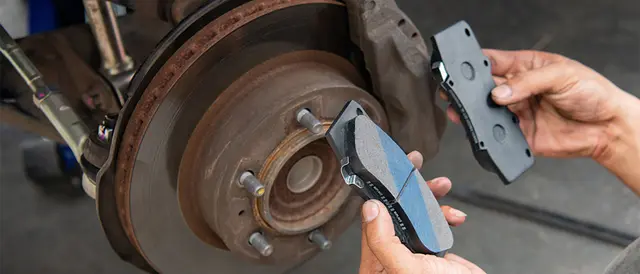Your car’s brakes are constantly working, enduring immense heat and friction to keep you safe. While a professional mechanic should always handle repairs, performing a simple DIY brake inspection can give you valuable insight into their condition and help you spot problems early. Knowing what to look for empowers you to be a more informed car owner and, furthermore, ensures you know when it’s time to seek expert help.
Why DIY Inspection is Valuable (and Its Limits)
A basic visual inspection is a great way to monitor your brakes between professional services. However, it’s crucial to understand that a DIY check is not a substitute for a comprehensive inspection by a qualified mechanic. Nonetheless, it can highlight obvious wear and tear, noise sources, or fluid issues that warrant immediate attention.
What You’ll Need (Basic Tools):
Before you begin, gather a few essential items:
- Jack and jack stands (crucial for safety if removing wheels)
- Lug wrench
- Flashlight
- Safety glasses and gloves
- Brake pad thickness gauge (optional, but helpful for precision)
Step-by-Step DIY Brake Inspection: What to Look For
Safety First: Always ensure your car is parked on a flat, level surface, the parking brake is engaged, and the engine is off. If you’re lifting the car, always use sturdy jack stands; never rely solely on a jack.
1. Check Brake Fluid Level and Condition
- Location: Find the brake fluid reservoir under the hood (often near the firewall).
- What to Look For: The fluid level should be between the “MIN” and “MAX” lines. Furthermore, observe the fluid’s color. It should be clear, light amber, or straw-colored.
- Significance: If low, it could indicate a leak or severely worn pads. If dark brown or black, it’s old and contaminated, requiring a flush.
2. Listen and Feel for Brake Symptoms (During Driving)
- Squealing/Chirping: Often, this means brake pads are nearing their end (wear indicator).
- Grinding: A severe metallic grinding noise indicates metal-on-metal contact, meaning pads are completely worn. This requires immediate attention.
- Vibration/Pulsation: Typically, a pulsating sensation in the pedal or steering wheel signals warped rotors.
- Car Pulling to One Side: This can indicate an issue with a caliper or uneven pad wear.
- Spongy Pedal: Generally, suggests air in the lines or a fluid leak.
- Hard Pedal: Potentially, a failing brake booster.
3. Visual Inspection of Brake Pads and Rotors (Wheel On/Off)
- Wheel-On (Quick Check): If your wheels have open spokes, use a flashlight to look through them. Locate the caliper and the brake pad inside. Visually estimate the pad thickness.
- Wheel-Off (Thorough Check – Recommended):
- Safely lift the car and remove a wheel.
- Brake Pads: Look at both the inner and outer brake pads. Measure the friction material thickness. Most new pads are around 10-12mm. If it’s less than 3-4mm (about the thickness of two stacked pennies or credit cards), they need replacement soon. Also, look for uneven wear, cracks, or chunks missing.
- Brake Rotors (Discs): Inspect the rotor surface. Look for deep grooves, scoring, or discoloration (blue/purple spots) indicating overheating. Furthermore, check for a significant “lip” on the outer edge, which signals considerable wear.
4. Inspect Brake Lines and Hoses
- What to Look For: Follow the brake lines from the master cylinder to each wheel. Examine the rubber hoses (connecting to the calipers) for any cracks, bulges, fraying, or fluid leaks. Also, check rigid metal lines for corrosion or kinks.
- Significance: Any damage here is a serious safety concern as it can lead to brake fluid loss and brake failure.
5. Check Calipers (Wheel Off)
- What to Look For: Inspect the caliper body for any signs of fluid leaks. Also, gently check the rubber boots around the caliper pistons for tears, which can allow dirt and moisture in. Look for corrosion on caliper slide pins (if visible).
- Significance: Leaking or seized calipers lead to uneven braking and rapid pad wear.
When to Call a Professional
While DIY inspection is valuable, remember your limits. If you notice any of the severe warning signs (grinding, significant fluid leaks, deep rotor grooves, or low pad thickness), or if you’re uncomfortable with any part of the inspection, do not hesitate to contact a qualified mechanic immediately. Brake systems are complex, and improper repairs can have catastrophic consequences.





